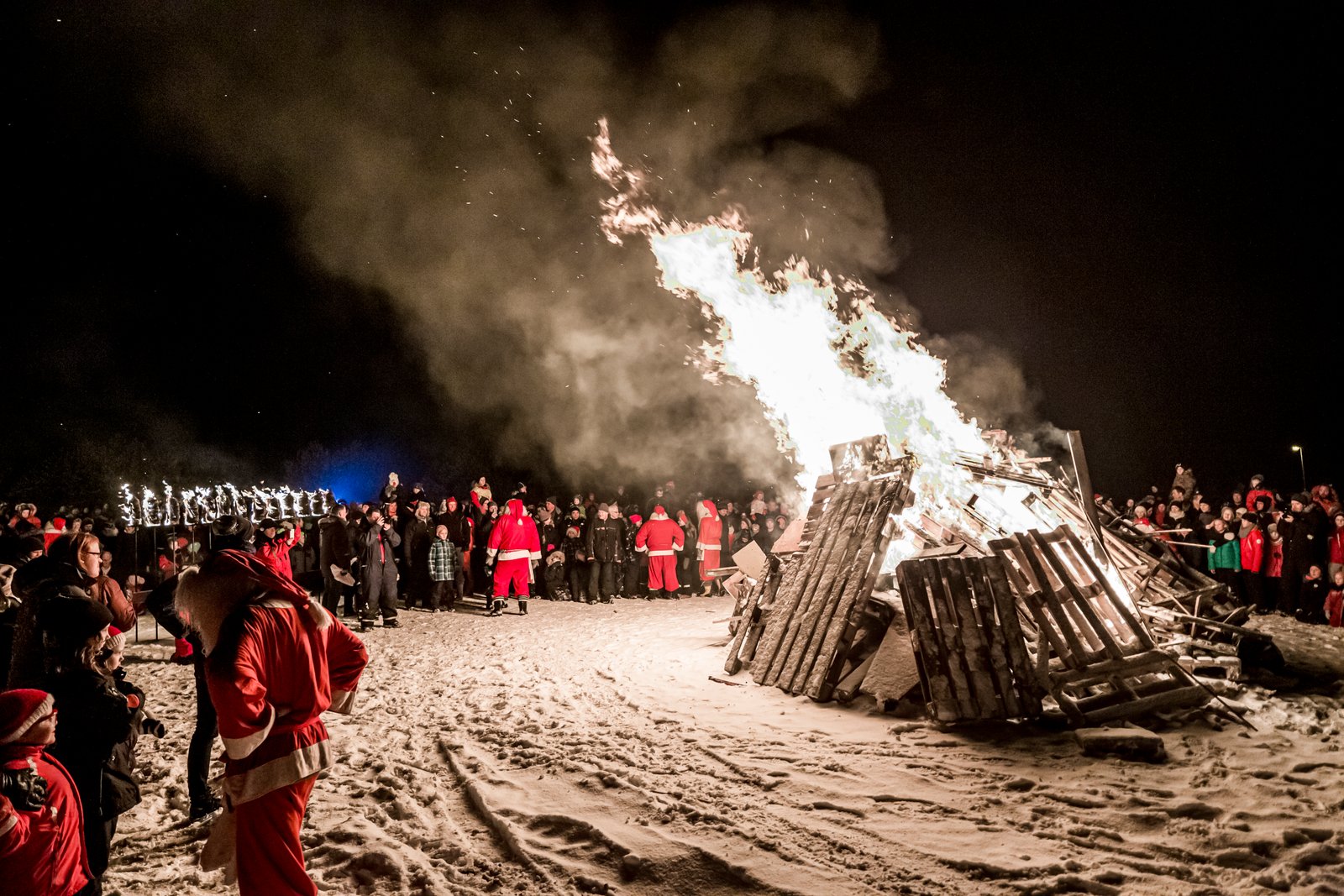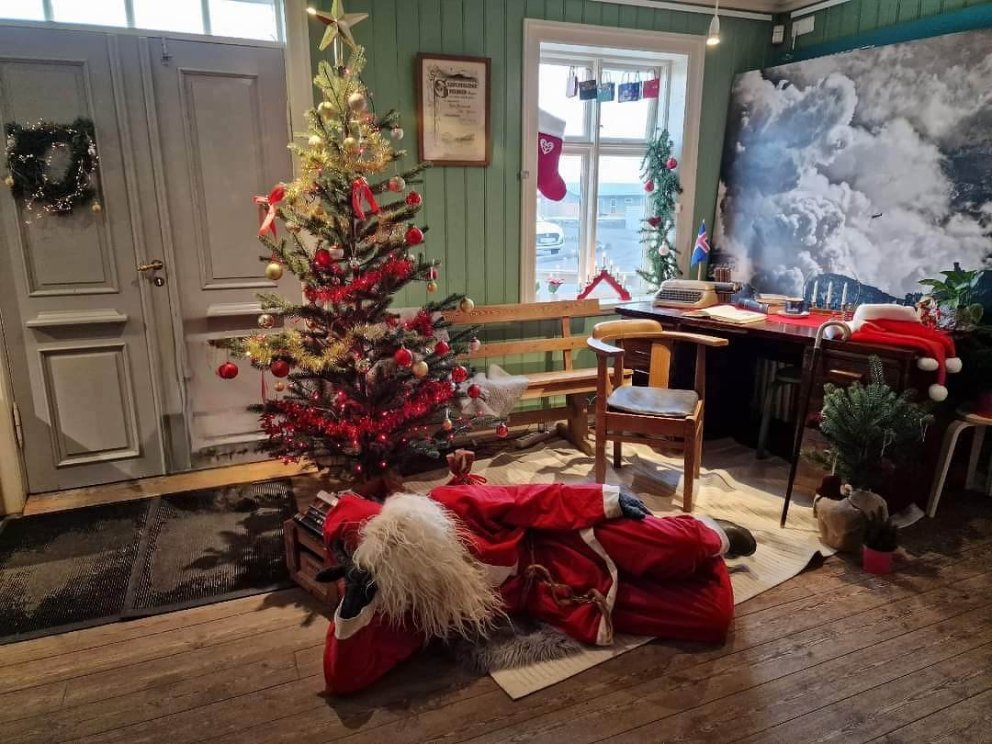Icelandic Christmas Traditions
Aðventa
Aðventan, or Advent, is the month leading up to Christmas. Icelanders celebrate each Sunday of Advent (starting on the fourth Sunday before Christmas) by lighting candles on an Advent Wreath (“Aðventukrans”), which is usually a four-candle (one for each Sunday of the Advent) evergreen wreath. The first Sunday of Advent marks when most Icelanders start decorating for the holidays and preparing.
Hangikjöt
Hangikjöt is traditional Icelandic Christmas food. The name and curing method originate in Iceland’s Viking age settlement era when meat was preserved by hanging it in a smokehouse. Hangikjöt, which means “hung meat” in Icelandic, is savory smoked lamb. It can be served raw as an appetizer, sliced or tartare. Most of it is cooked and served with potatoes in bechamel sauce (Icelanders love good sauce), green peas, pickled red cabbage or beetroot, and the traditional Icelandic Christmas bread, laufabrauð. With dinner, we drink Jólaöl, created by mixing an elusive ratio of Malt and Appelsín orange soda. Although you can now buy this drink premixed, it’s way more fun to mix it yourself, according to taste.
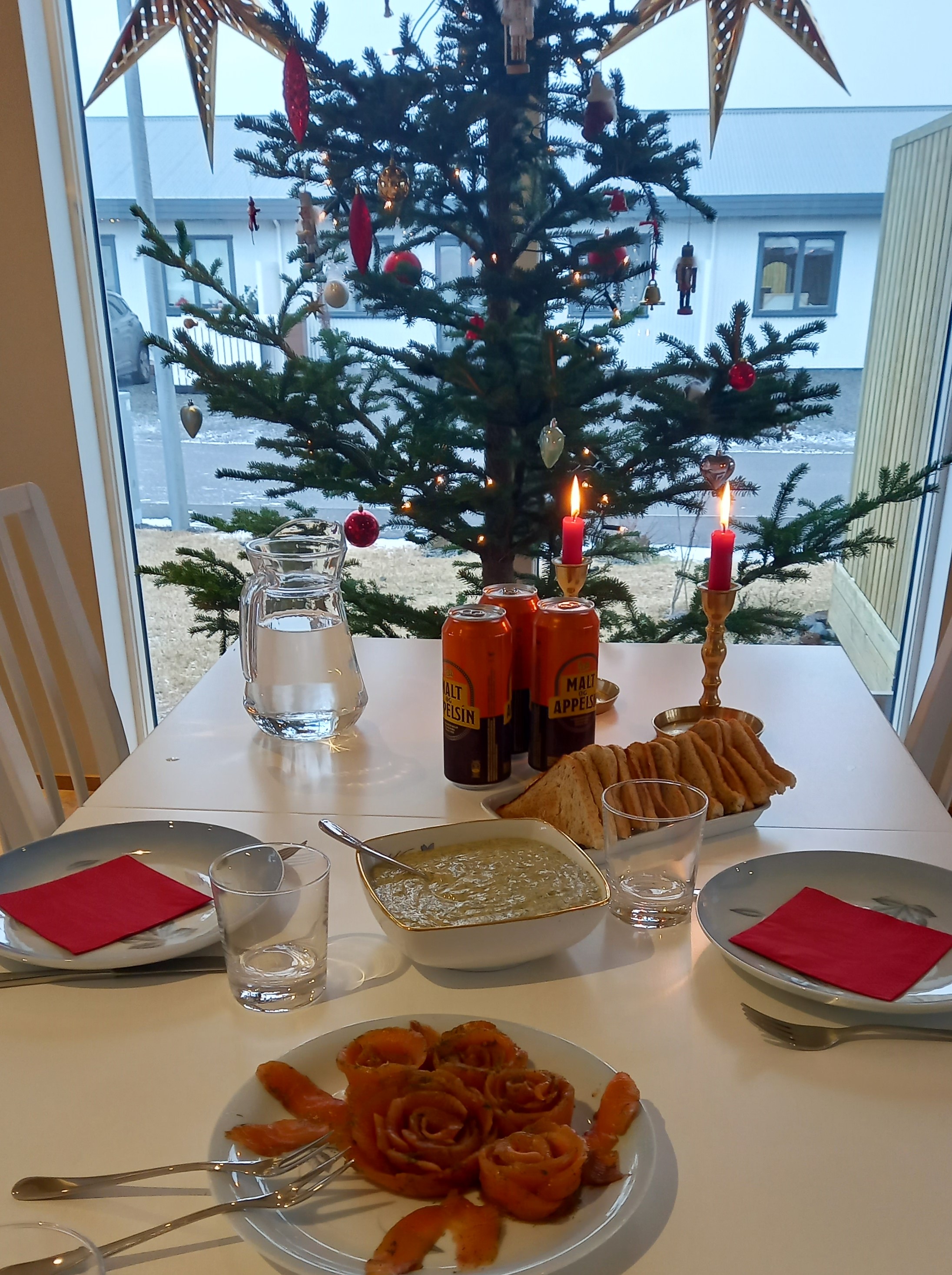
Laufabrauð
Laufabrauð is another tradition, Icelandic “leaf bread.” There is a tradition in making this deep-fried bread. In December, families all around Iceland get together to make the thin cakes sliced and carved with sometimes intricate patterns—think paper snowflakes—and deep-fried in sunflower oil or, more traditionally, lamb fat.
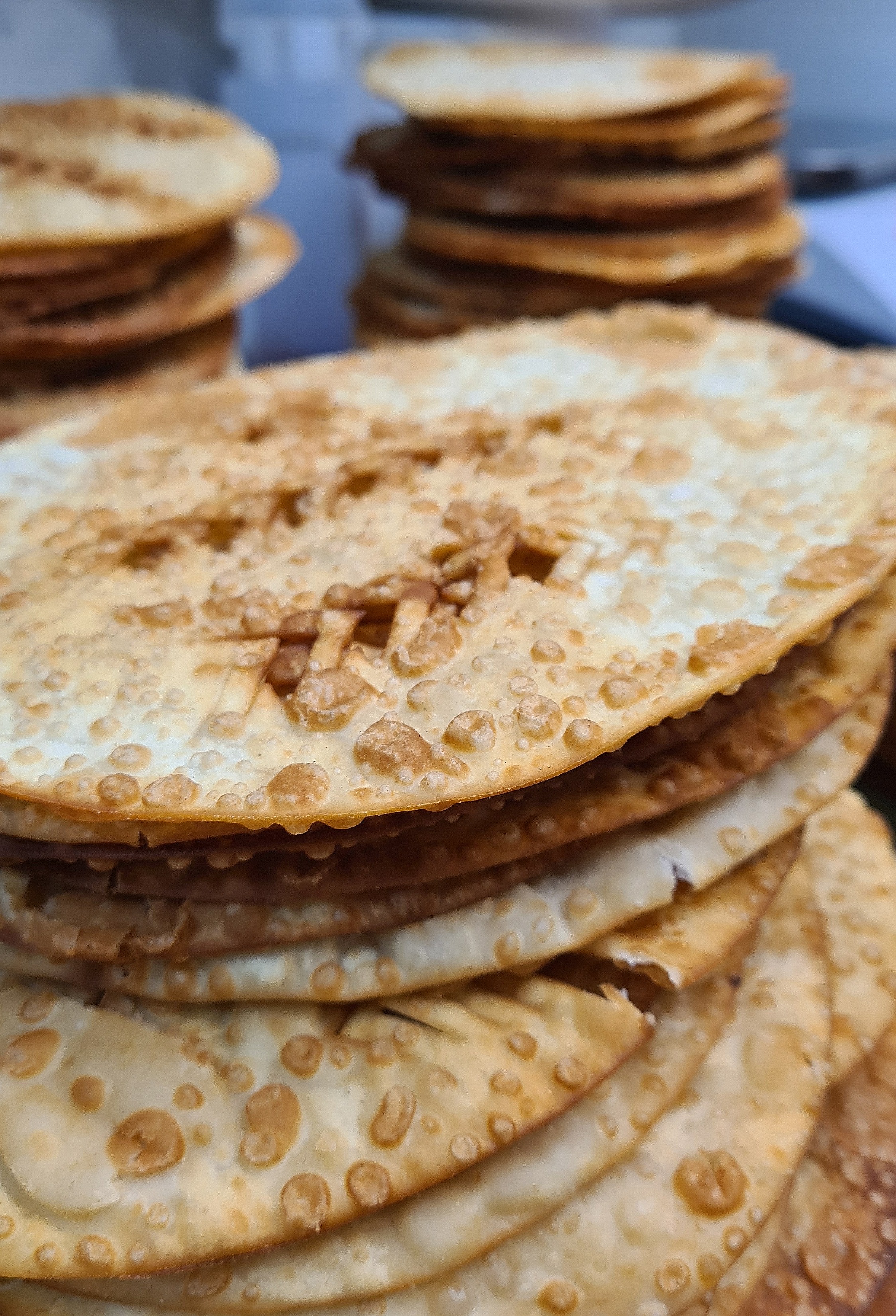
Jólakökur
Another thing that is a tradition to make is jólasmákökur, translated to Christmas cookies. They are an essential part of the Icelandic holiday experience. Most households bake cookies in the weeks following Christmas, making an average of three to five different types. They are consumed at Christmas gatherings or while lounging about. Some classic types include Piparkökur (“ginger snaps”), Mömmukökur (ginger snap-type cookies sandwiched around white frosting), súkkulaðibitakökur (chocolate chip cookies), and hálfmánar (rhubarb preserves wrapped in dough), although the varieties are endless.
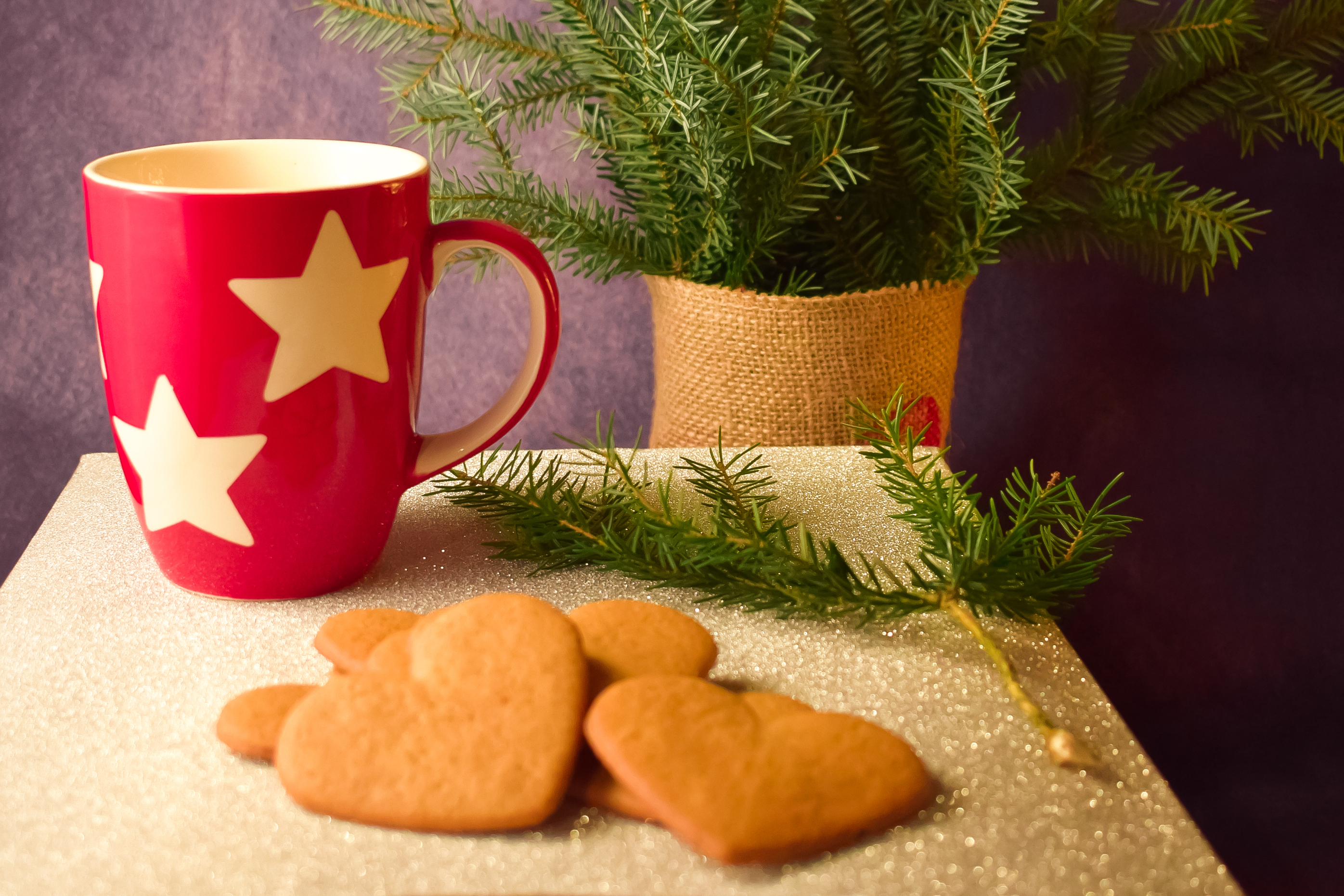
Jólasveinar
The Icelandic Yule Lads are entirely different from the regular Santa clauses. We have thirteen of our own, all bearing a name that describes their features or characteristics. They are descended from trolls and were originally bogeymen who scared children. On 12th December, the Yule Lads come to town one by one on the thirteen days before Christmas, bearing gifts for children to be placed in their shoes or stocking left by an open window. It should be noted that well-behaved children receive something of value, whereas ill-behaved children usually receive a rotten potato.
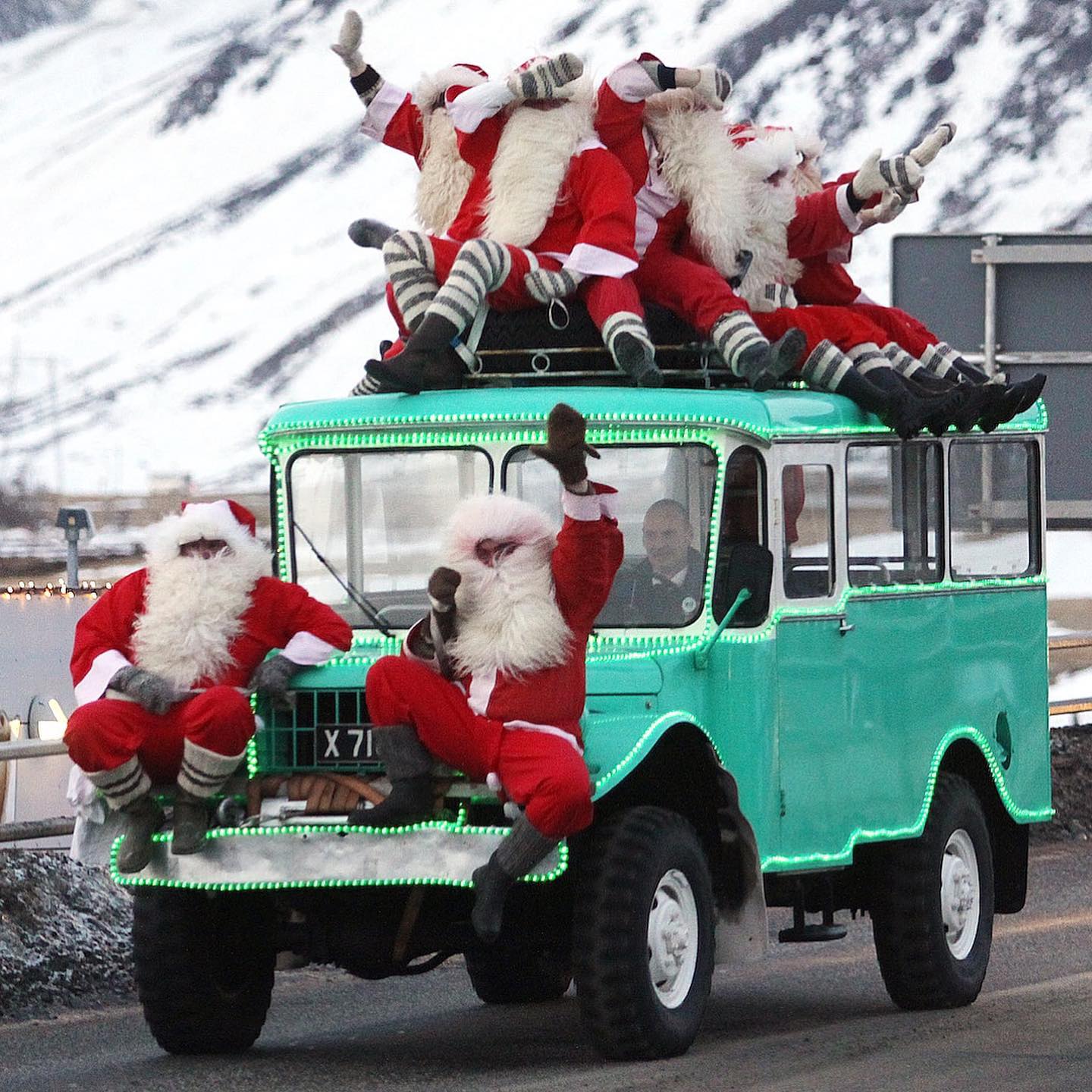
Þorláksmessa
Þorláksmessa is on the 23rd of December, the day before Christmas Eve. It’s celebrating one of only two Icelandic saints, St. Þorlákur. Icelanders eat fermented skate, often enjoyed with copious amounts of Icelandic Brennivín. Also, putting up the Christmas tree is a tradition in most Icelandic families on this day.
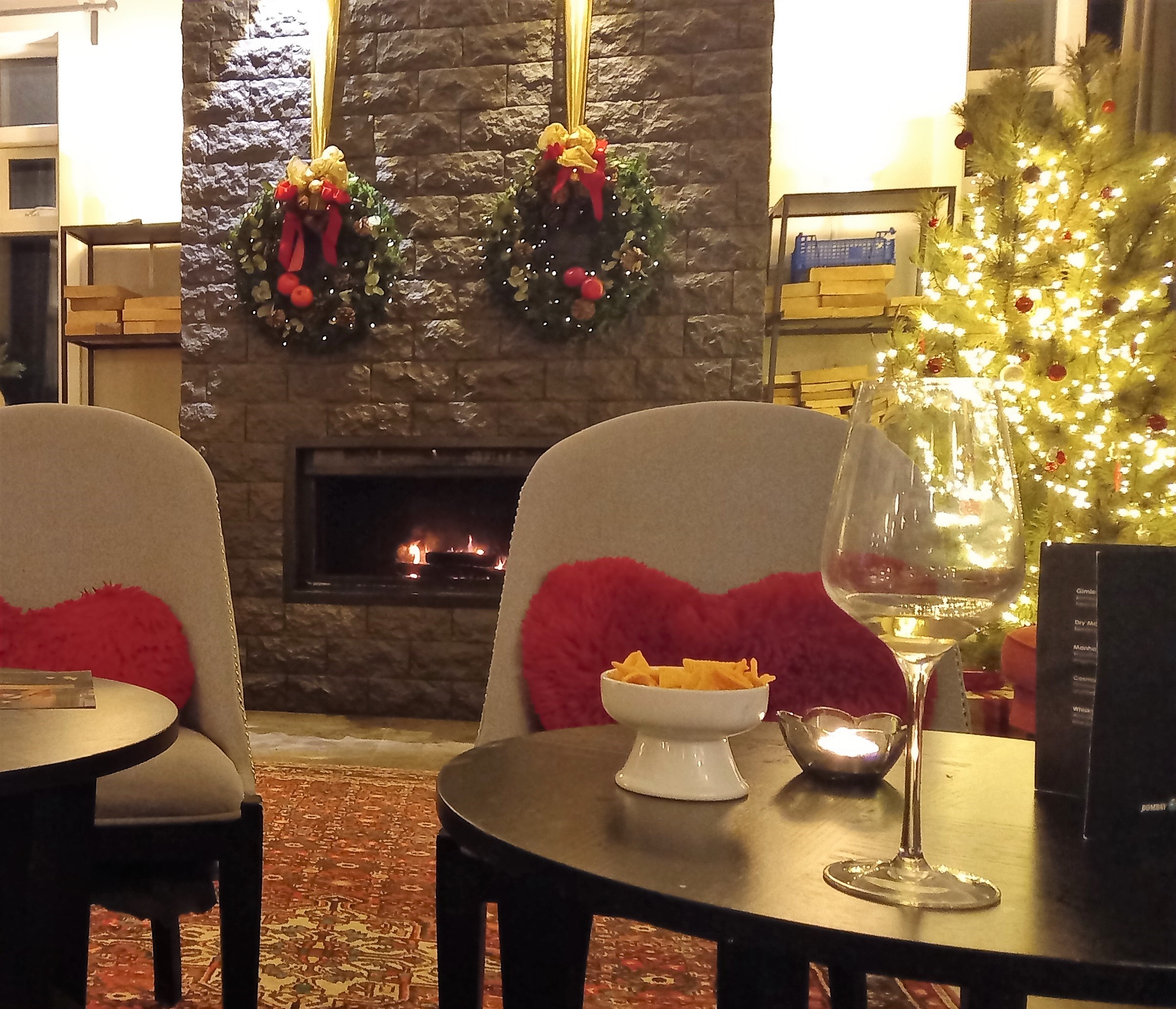
Aðfangadagur
December 24th is called Aðfangadagur - Christmas Eve. During the day, everyone is preparing for the big evening. Icelanders sit down for evening supper at 18:00 (6 pm). It is when Christmas Eve officially begins, and they celebrate by eating Hangikjöt or other Christmas food. It’s followed by unpacking all presents. You can be sure that almost every Icelander gets a piece of new clothes and a book as a present. It is a fact that Iceland is the country with the most sold books per person.
On Christmas Day and Boxing Day, Icelanders usually meet up with extended families for a family party or relax and do hardly anything at all.
Gamlársdagur
Áramótabrenna
Flugeldar
The New Year’s Eve traditions are not many, but one of them is gathering around the TV on New Year’s Eve to watch the Áramótaskaup comedy special on RÚV. It is an old and honored Icelandic tradition—in fact, everything is silent during its broadcast time of 22:30-23:30. The show itself is a comedy revue featuring many of Iceland’s best-loved actors, which aims to parody the year’s events in sketches and song. The quality differs from year to year.
Áramótabrenna, or bonfires, is another tradition where Icelanders set bonfires at various locations around the country, celebrating, holding sparkles, smiling, and watching big bonfires. This is usually before the Áramótaskaup and on Þrettándinn.
Flugeldar or fireworks are essential to the Icelandic New Year’s Eve experience. Icelanders take their fireworks seriously—most of those who have witnessed the mass employment of fireworks at New Year’s will agree that the act is far beyond over-the-top. But most will also attest that the display can be striking and beautiful. A bonus is that most places sell them for charity or to fund rescue teams.
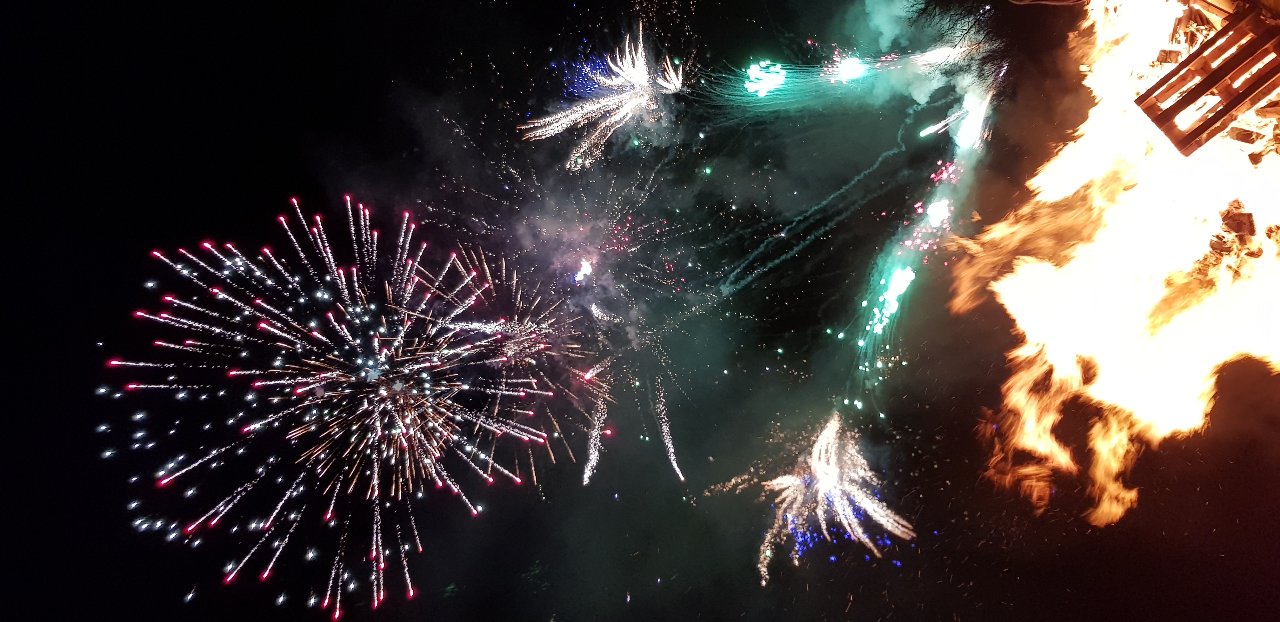
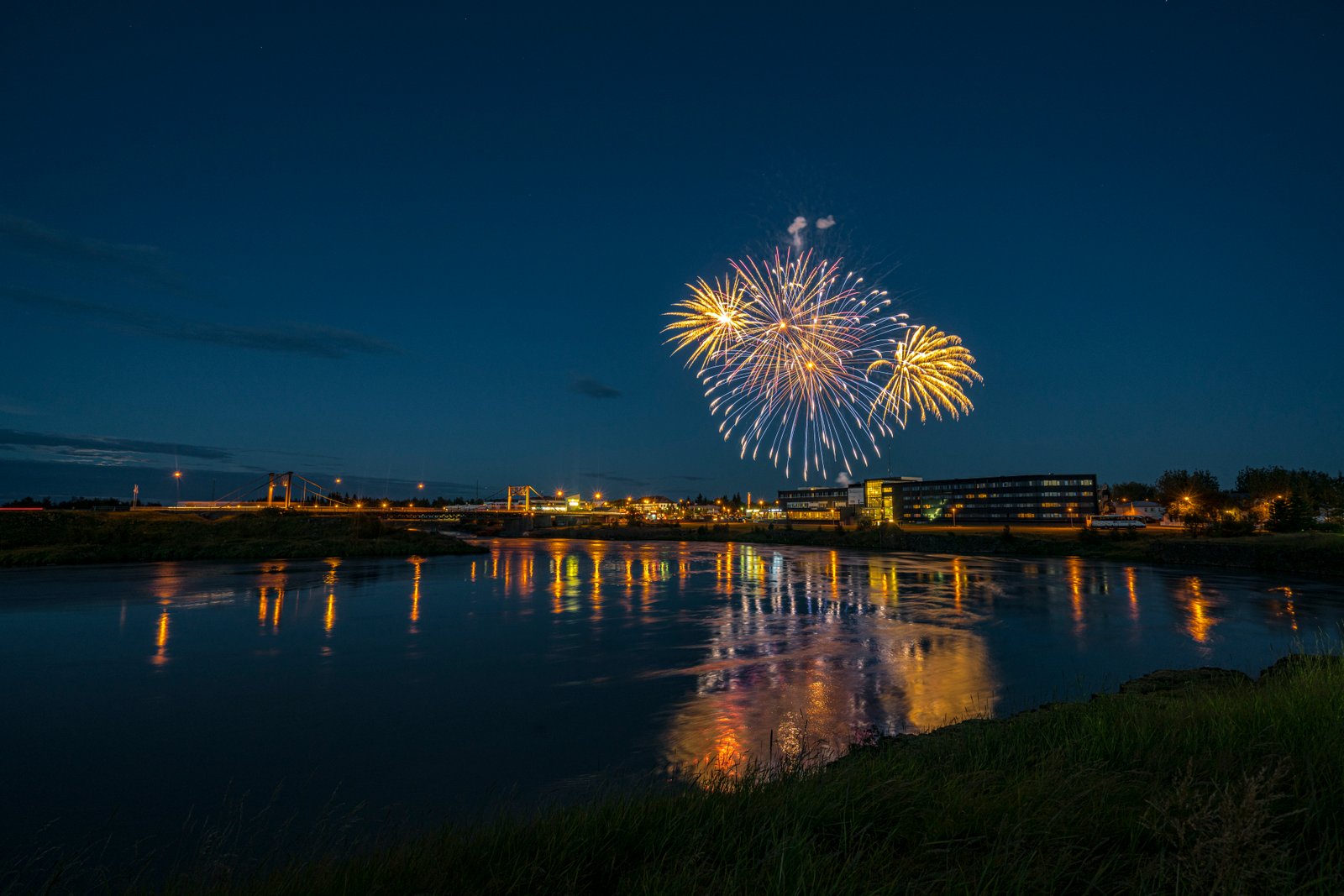
Þrettándinn
According to Icelandic tradition, January 6th is Þrettándinn, the thirteenth and final day of Christmas. The event is celebrated with bonfires and fireworks. The king and queen of the hidden people traditionally join the festivities. It was a scary time to be out and about in the olden times, as the hidden people can be surprisingly sinister.
